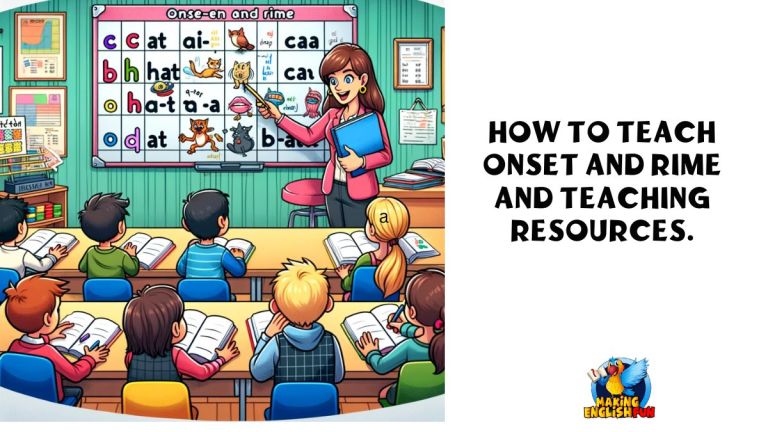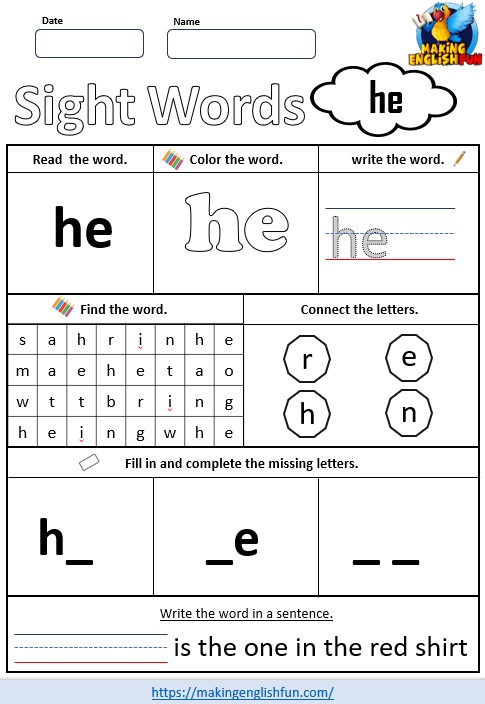FREE Can and Can’t Worksheets
Can and Can’t worksheets are a useful way to introduce both negative expressions and contractions to English learners. However they will need a little pre-teaching to younger students.
We have some Can and Can’t worksheets for free download here on this page which you can print and use in your classrooms and homes. You can look for the download links under the picture below.
We also have some teaching advice on these, along with a pronunciation guide for these similar but different words to help as well. you can find this below the downloads

How to Use These Worksheets
- Students have to read the incomplete sentence and
- then look at the pictures to see what the two students can and can’t do
- Then add the word into the correct line.
- Once they have completed it they can then move to the other consolidation worksheet which asks them to write the vocabulary word instead of the verb
- Finally students have to list 5 things that they can do and 5 things they can not do/
There is a teachers version with the answers as well to make marking quicker.
Differences between Can and Can’t
We have a little information if you need to explain the difference between these two words, and we also have a link to a contractions worksheet if you are using can and can’t as examples of these.
We have a table below to help demonstrate the difference between these two words, and a couple of examples suitable for use in classrooms.
| Can | Can’t |
| Can is a verb that means to be able to do something, or to be allowed to do something. | Can’ is an informal contraction of the word cannot, and means to not be able to do something or unable to do something. It does not give a reason for this inability. |
| Examples: I can go to the party after i finish my homework. I can ride my bike to school. | Examples: I can’t eat anymore ice-cream today. I can’t understand anything in my Spanish lessons on Monday Morning. |
Examples of ways to teach Can and Can’t
While our can and can’t worksheets are lovely (if we say so ourselves) they are not the be all and end all of teaching, we can assure you of that! So just to keep so fun injected into your lessons we have a few ideas listed below on how to teach can and cant to your students or children.
Can and Cant lucky dip
Use pictures and the black / White board: Cut out some examples of sports or jobs, or print out some phrases if you want to encourage reading and your students are able and have them in a box or bucket.
- Pick a student (“Johnny” have to come to the front and pick a picture out and show it to the group.
- You can then ask the class to put up their hands and say if they think “jonny” can or can’t do the action in the picture. Make sure they sue full sentences.
- Then “johnny” can stick the picture in the correct column on the board and write his name next to it.
- Repeat until a few students have tried this, and then you can ask them a series of question who consolidate. “who can dance, who can sing, Who can’t fly, who can’t swim etc.
- this can be followed up with a can and can’t writing exercise if so desired, using the information on the board.
Can and Can’t Uno
We have a free set of verbs card that can be used to make your own verb uno set. however these can also be used as images for pair work, or even whole class work if you scale them up.
They could even be used as a sorting exercise to help with a writing or presentation exercise you can find them on the link here and below.
Hope it saves you time and happy teaching!!
Incase you missed the Download link we have it below as well.
We also have like and dislike, which and who, and Do and does worksheets on the site if you think they would be helpful – free of course.
Pronunciation of Can and Can’t
While we are pretty heavily in the camp of fuency over accuracy we know that there are those students, teachers and parents who strive for that RP accent. pronunciation of can and cant is one of those annoying English pairs that don’t follow phonics rules. We will highlight it below.
- Can: is pronounced with a short vowel sound /a/ like in man, van, pan, tan, and can.
- Can’t: is not a short vowel /a/ sound and it catch many students out. it is an R controlled sound /ar/ (More on these here) so it is said like this carn-t NOT cant: you can think of the vowel sound in Aunt, or farm
While i am British, here is a helpful American with the pronunciation in American English in case you are that way inclined!
Shameless sales pitch
if you made it this far down the page well done! However you can jump away now if you wish as its our shameless sales pitch. ( we are terrible at this by the way.)
However what we are not terrible at is making resources to teach English!
And over 350 pages of these are in the mega bundle below which we often have on sale, but is usually priced at $36 USD.
- So if its on sale grab it now!
- if it’s not and your rich still grab it now!
- and if you are teacher then hang on a couple of weeks or drop us an email on info@makingenglishfuncom.wpcomstaging.com and we will send you a code to get a discount ( half price or so
and don’t worry we are not going to add you to any email list or anything. (unless you filled in a request to be added that is!
Conclusion
We have these Can and Can’t worksheets as mainly a consolidation exercise, rather than the main focus of a lesson, although how you use them is entirely up to you.
it is possible to teach these aspects with more than these worksheets though, and our advice is to play through a couple of games / activities we have highlighted on this page as well.







One Comment